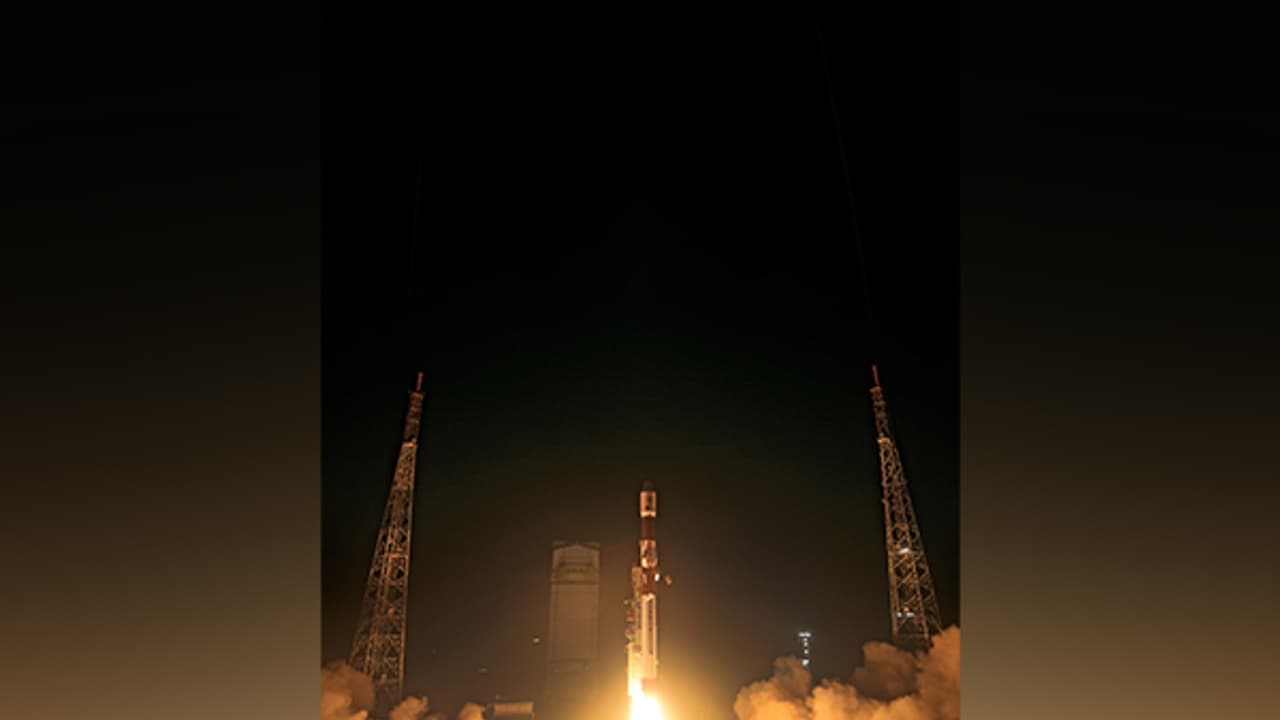India has achieved a major space milestone with ISRO’s SpaDeX satellites successfully completing second space docking, placing India among global space powers and advancing its ambitions for space stations, lunar missions, and astronaut programs.
India has taken a giant step into the stars with the Indian Space Research Organisation (ISRO) successfully completing the second docking of its SpaDeX satellites on April 20, 2025.

This remarkable achievement, happening after 7 PM IST, places India among the world’s space superpowers like the United States, Russia, and China.
Announced by Union Minister Jitendra Singh on April 21, 2025, through a post on X, this milestone is not just a scientific victory but a symbol of India’s growing ambition to conquer space.
The SpaDeX mission, launched on December 30, 2024, is a bold experiment to master space docking, a technology vital for building space stations, returning lunar samples, and sending Indian astronauts into orbit.
The SpaDeX mission involves two satellites, named SDX01 and SDX02, which were launched into a 475-km orbit using the PSLV-C60 rocket. These satellites, each weighing about 220 kg, are designed to dock, or join together, in space—a complex task that requires pinpoint precision.
The first docking happened on January 16, 2025, making India the fourth nation to achieve this feat. After undocking on March 13, 2025, ISRO proved its skill again with the second docking, described as even more precise than the first.
While the exact time after 7 PM on April 20 is not yet shared, reports suggest it took place later that evening, showcasing ISRO’s ability to repeat this challenging task with confidence.
Why does this matter to every Indian? Space docking is like connecting two moving vehicles in the vastness of space, a skill needed for big dreams like the Bharatiya Antariksh Station, India’s own space station.
It will help missions like Chandrayaan 4, which aims to bring moon rocks back to Earth, and Gaganyaan, which will send Indian astronauts into space.
By mastering docking, ISRO is paving the way for India to build and maintain large structures in orbit, repair satellites, and even clean up space debris. This success shows that India can compete with the best in the world, using smart, cost-effective methods that inspire pride in every citizen.
The journey to this moment has been one of hard work and innovation. The United States first docked spacecraft in 1966, Russia in 1967, and China in 2011. India’s entry into this elite club in 2025 is a testament to ISRO’s dedication and the brilliance of Indian scientists.
The SpaDeX mission, called a “cost-effective technology demonstrator” by ISRO, proves that big achievements don’t always need big budgets. This spirit of doing more with less is what makes India’s space programme special and a model for the world to follow.
Looking ahead, the second docking opens doors to exciting possibilities. ISRO is planning more experiments to refine this technology, which could lead to advances like refuelling satellites or assembling spacecraft in orbit. These steps will make India a leader in space exploration, inspiring young minds to dream of careers in science and technology.
Imagine a future where Indian astronauts live on an Indian space station, or where we bring back pieces of the moon to study—SpaDeX is making these dreams real.
This achievement is a moment of joy for all Indians. It shows what we can do when we aim high and work together. The success of SpaDeX is not just about satellites joining in space; it’s about India joining the stars.
As ISRO continues to push boundaries, every Indian can hold their head high, knowing our nation is writing a new chapter in the story of human exploration. Let’s celebrate this victory and dream bigger, for the sky is no longer the limit—it’s just the beginning.
(Girish Linganna, the author of this article, is an award-winning Science Writer and a Defence, Aerospace & Political Analyst based in Bengaluru. He is also Director of ADD Engineering Components, India, Pvt. Ltd, a subsidiary of ADD Engineering GmbH, Germany. You can reach him, at: girishlinganna@gmail.com)


